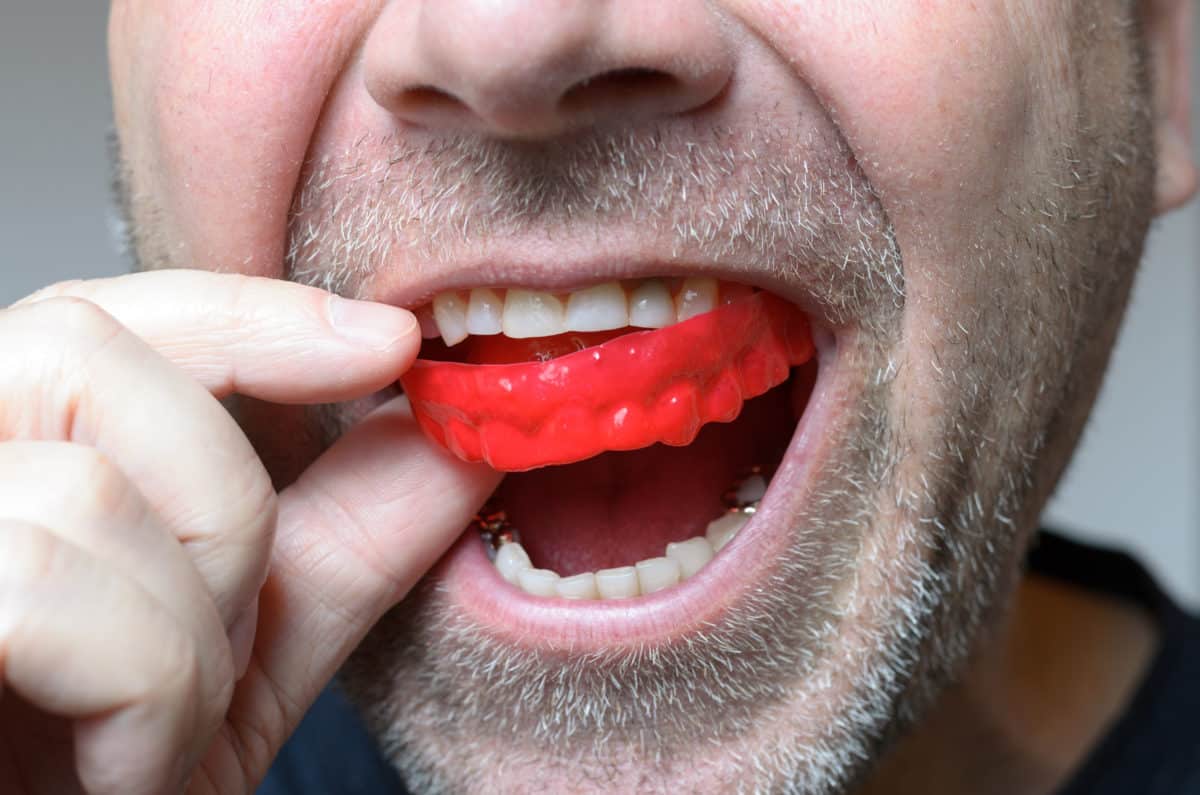Mouth guards, also known as mouthpieces, gum shields, and bite splints, are protective devices for the mouth. Athletes mainly wear mouthguards to prevent injuries during sports that require physical contact between players. They are also used for dental treatments and extra protection after oral medical procedures. Wearing a protective mouthguard was popularized in boxing during the late 18th century.
Following are some interesting facts about mouthguards and their use over the years.
1. History of Mouth Guards
There are no clear records about the exact origin of wearing protective devices that cover the gums and teeth to reduce injury. It is generally believed that the sport of boxing was the reason for the widespread usage of mouthguards. In the beginning, boxers used a variety of improvised guards for the mouth, such as cotton, tapes and even pieces of wood. In 1982, a British dentist designed a professionally approved mouth guards for boxers using natural rubber resin as the primary material. During the 50s and 60s, mouthguards were added as a requirement for organized contact sports like boxing and football.
2. How They Work
Simply put, a properly worn mouth guard is an extra protective layer over your teeth or “cushions the blow.” Heavy blows to your teeth can damage the nerves and cause eventual tooth loss. Wearing a mouth guard helps reduce the impact on your teeth, lips, tongue, gums and other soft tissues regarding strong physical contact. Regarding contact sports, mouthguards are only worn on the top layer of the teeth. Our NE Calgary dentist may recommend a bottom layer guard if the mouthpiece is worn as extra protection for dental procedures.
3. Usage of Mouth Guards
The most common use of mouth guards is as a protective device against dental trauma in contact sports such as boxing, football, baseball, and mixed martial arts. Besides reducing the impact on the teeth and gums, mouth guards also prevent the risk of concussions due to heavy blows on the jaw area. It is also widely used as a protector or tool of treatment in oral medicine practices. Some oral joint disorders can be managed with the prolonged use of a properly worn mouthpiece. They are also used for dental aesthetic practices, such as an applicator for tooth bleaching products and protecting porcelain bridges.
4. Different Types
There are a few different types of mouthguards available. The most common and affordable type is ready-made mouthpieces that can be bought at stores. There are only a few options for the sizes and shapes of these mouthguards, but they work effectively for short-term or minor protection purposes.
There are also “boil and bite” mouth guards made of thermoplastic material for a closer fit. The material becomes flexible when heated, and biting on them creates a snug mould of the teeth that is comfortable and safer to wear. When it comes to more professional use, custom-made mouthguards give the perfect fit with technology such as 3D imaging.
5. Maintenance
Regular cleaning and the proper storing of mouth guards are important for their durability. It is recommended to use cool water, mild soap, and a toothbrush to clean the mouthpiece. Storing of the mouth guard should be done in a perforated container, without exposing it to high temperatures, since that can affect the fit of the mouth guard. It is also important to schedule regular visits to our dental clinic in NE Calgary so they can conduct a professional inspection of the device’s condition.

